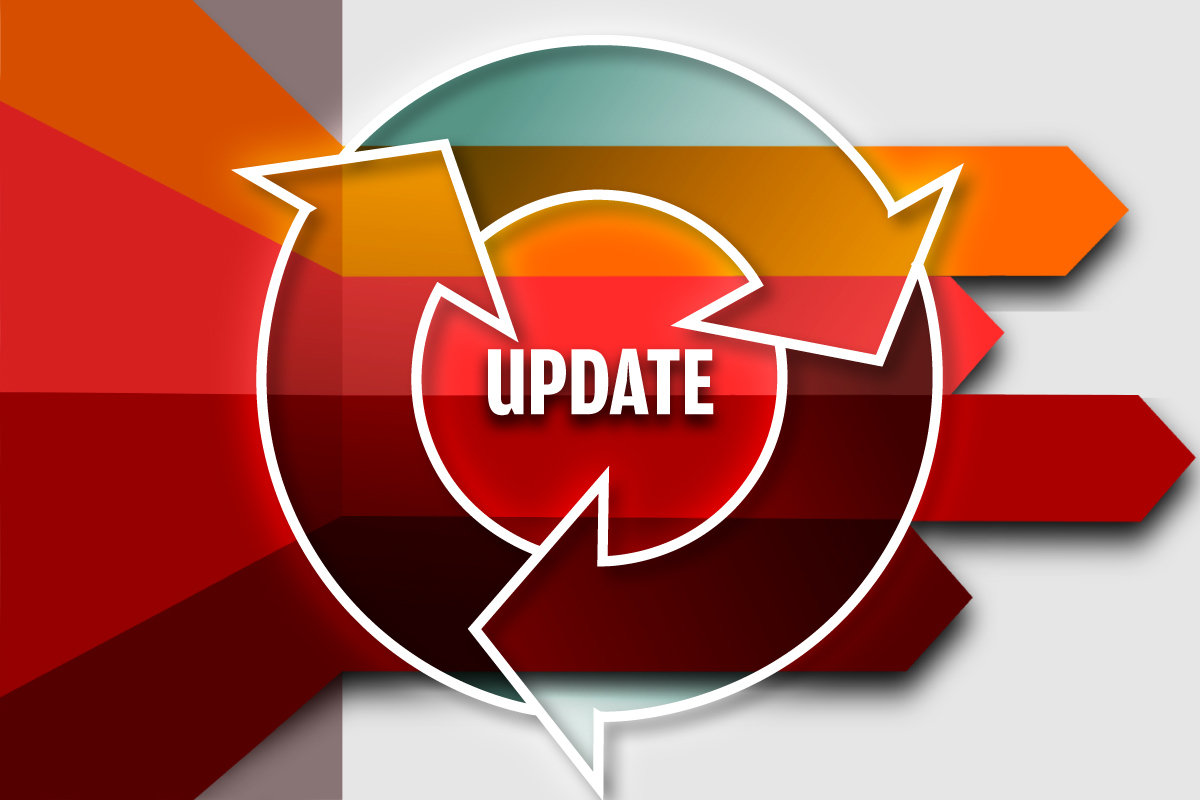Microsoft promised that its second version of Windows for 1909, code-named 19H2, but more consistently known as version 1909, will be a traditional Win10 1903 Service Pack 1. Hooray! What’s next?
Conventional wisdom for Windows upgraders has always been, “Wait for Service Pack 1.” Microsoft generally screws up the first release of a new version of Windows (although I would argue it did a good job with the first release of Windows 7). We now have more-or-less official word that the latest version of Windows, version 1903, is going to get a Service Pack sometime later this year. And to that I say, “Hallelujah and amen, brother!”
Granted, Microsoft didn’t use the term “Service Pack.” That would be too old-fashioned. Instead we get New Age gobbledygook that goes something like this:
The next feature update for Windows 10 (known in the Windows Insider Program as 19H2) will be a scoped set of features for select performance improvements, enterprise features and quality enhancements. To deliver these updates in a less disruptive fashion, we will deliver this feature update in a new way, using servicing technology (like the monthly update process) for customers running the May 2019 Update who choose to update to the new release. In other words, anyone running the May 2019 Update and updating to the new release will have a far faster update experience because the update will install like a monthly update. …
[The next version] will be delivered to customers running … [version 1903] using servicing technology (like the monthly Cumulative Update process).
Permit me to translate:
Win10 version 1909 will be Service Pack 1 for version 1903, presented as a super-sized cumulative update.
That “super sized” part is purely conjecture at this point, on my part, based on Microsoft’s marketing announcements. You have to ask yourself if Microsoft will intentionally hold back bug fixes from regularly monthly cumulative updates, in order to stuff them into the Service Pack.
The “scoped set of features for select performance improvements” part is more marketing pablum describing what you should expect from any Service Pack.
When it comes to beta testing — Service Pack 1 is being tested on the Insider Slow Ring right now — we also got this gobbledygook:
[S]ome Insiders may not see the new features right away as we are using a controlled feature rollout (CFR) to gain better feedback on overall build quality. … Specific to CFRs, we may ship features in these updates turned off by default and turn them on independently of bits getting downloaded to Insiders’ PCs.
So we have yet another three-letter acronym for something simple but daunting — Microsoft may change your beta testing bits without installing a new test version. Expect hilarity to ensue.
I realize that many people involved in Windows development weren’t around in the Service Pack punching days, but for those of us who were, the route is clear. At least for 1903 (and, hopefully, for the foreseeable future), Microsoft is ditching its hell-bent two-versions-a-year insanity, replacing it with a frenetic one-version-per-year pace, each with a Service Pack that will have full support for Enterprise users, for 30 months.
Those of you who have been pushing for some sanity should feel very good about this change. It’s still too early to start the victory, laps, though. Microsoft may yet screw up the implementation, as it has with the harebrained Win10 1903 Pro update deferral settings.
This article originally appeared on ComputerWorld.

